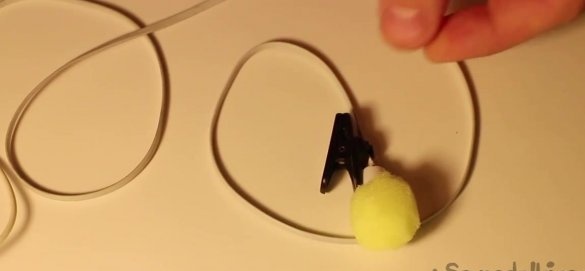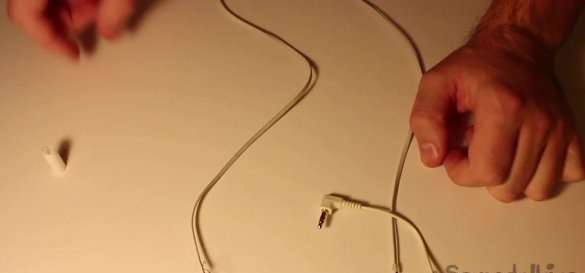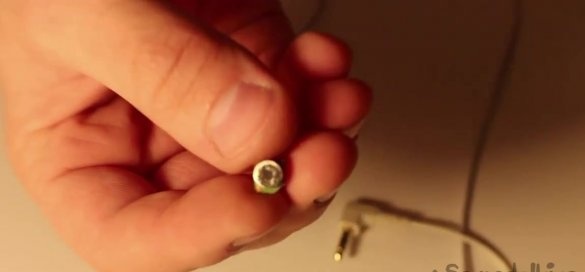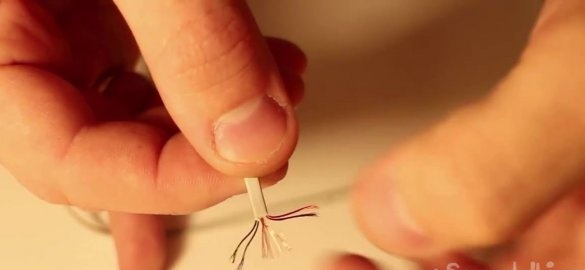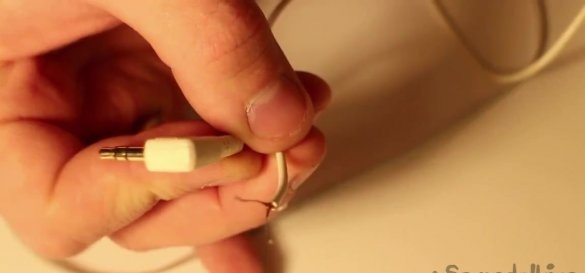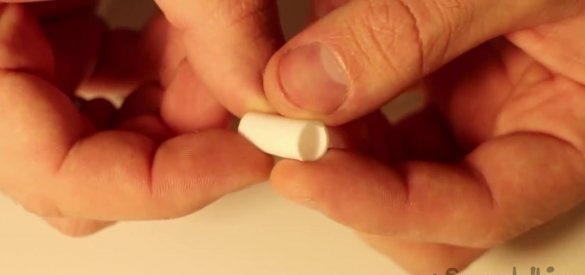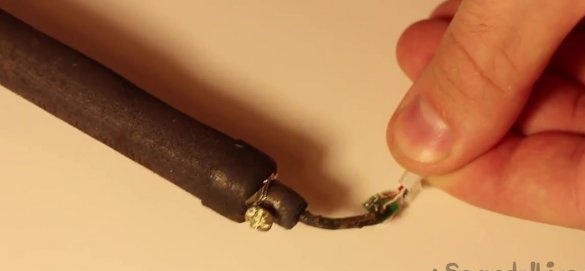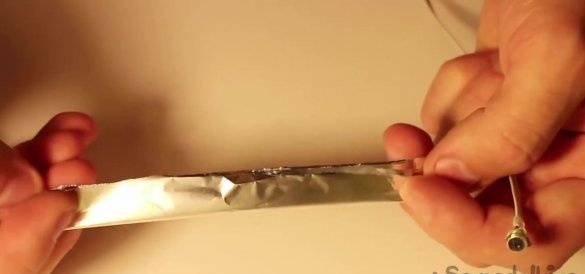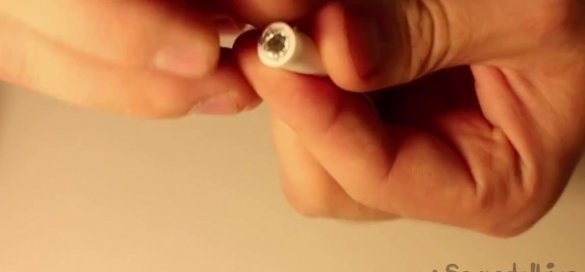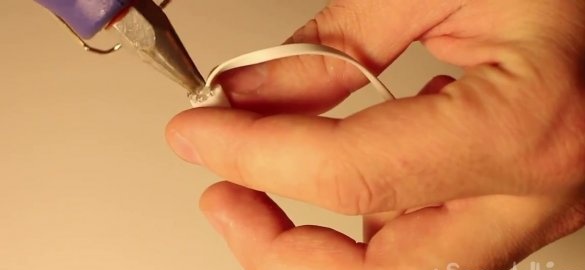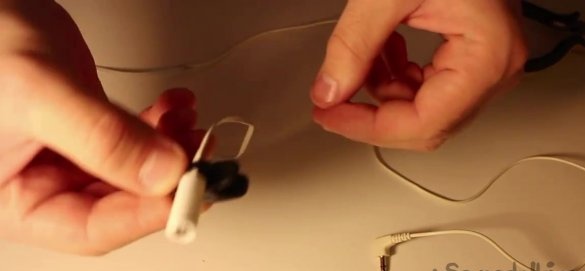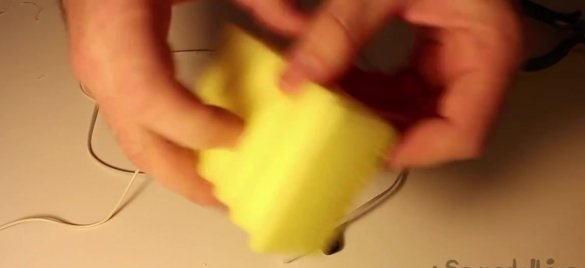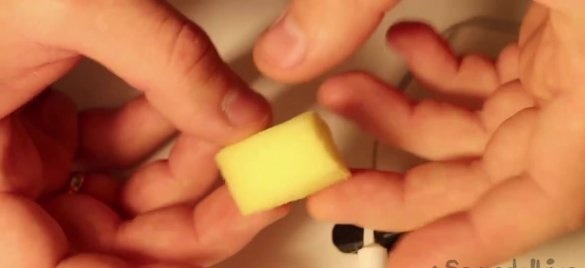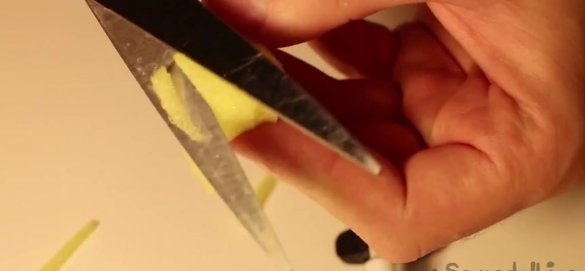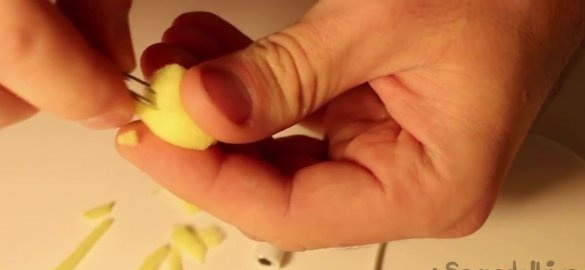It's no secret that in recent years people often shoot copyright videos and upload them to popular video hosting services, such as YouTube, for example. Often these videos are not properly edited, and the most necessary equipment is not used during their shooting, as a result of which the video is lame as a picture and sound. In this material we will not learn video editing, however, we will consider a possible solution to problems with voice acting for videos, as we will make a lapel microphone for the camera.
First, we suggest devoting a few minutes to watching the video
We will need:
- a microphone from an old mobile headset;
- cable from the old headset;
- soldering iron;
- a cap from glue;
- food foil;
- clothespin from the headset;
- cable from ordinary headphones;
- glue gun;
- scissors;
- tweezers.
Let's start with the wires from the old headset, because the first thing to do is deal with the wires. It consists of five wires, 4 of which are not screened. The middle white wire is covered with gold wires.
If we compare the wire from the headset with the wire from ordinary headphones, then on the second there are only three wiring, none of which are filmed. One of these wires is basic, and the second and third are responsible for the right and left channels. The headset wire has as many as 6 wires - left and right channels, button controls and shielded microphone. When creating a microphone, we will connect these wires. Let's get started.
The first step is to solder the wires to the microphone. We connect the channel wires on the wire from ordinary headphones, that is, red and blue.
We put the wire from the headset into the cap and solder it on the microphone.
Screen the microphone with food foil to avoid noise. To do this, simply wrap a piece of foil around the microphone.
We fix the cap with a glue gun to fix the microphone in one position.
We solder the wire from the headset to the wire from ordinary headphones.
Our microphone is ready. It remains to add a piece of sponge on it, which will act as a noise filter. Cut off a piece of sponge and give it a round shape with scissors.
With tweezers we make a recess on the sponge so that it is possible to install it on the microphone.

